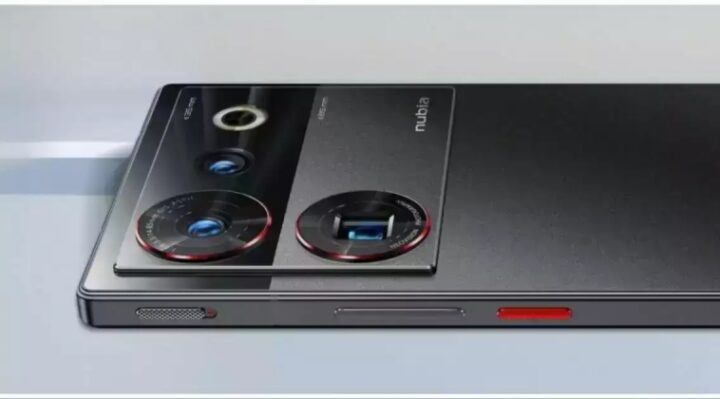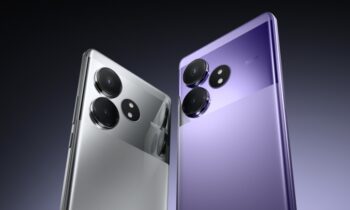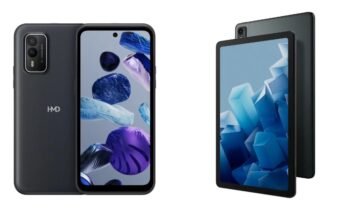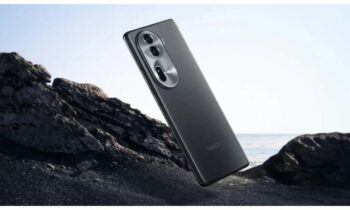
Nubia is getting ready to release its Z60 Ultra smartphone on December 19 in its home country. The Z50 Ultra, which was introduced earlier this year, will be replaced by it. The Geekbench database now shows the upcoming Z60 Ultra. The NX721J model number of the device was found by us today on the 3C certification website.
The next Z60 Ultra is expected to enable 80W fast charging, according to the entry on the 3C certification website. It’s interesting to note that the listing also includes a charger with a PA202 product number and a 65W three-port GAN. It will have one USB A port that supports 30W and two USB Type C ports that support 65W.
Different outputs are obtained when using twin USB ports: 15W is produced by USB-C2 + USB-A, 63W (45W+18W) is produced by USB-C1 + USB-A, and 63W (45W+18W) is produced by USB-C1 + USB-C2. The overall output of USB-C1 + (USB-C2 + USB-A) 45W+15W when all three USB ports are used is 60W.
The famous leaker Digital Chat station claims that the Z60 Ultra will have a flat AMOLED screen, just like its predecessor. The 1.5K resolution of the next smartphone will be carried over from the Nubia Z50 Ultra model. The Qualcomm Snapdragon 8 Gen 3 SoC will power the tablet, as the device’s GeekBench listing confirms.
It is also confirmed by the GeekBench listing that Nubia will provide 12GB of RAM with the device. It has also been revealed that the smartphone would run Android 14 out of the box with MyOS UI, according to Digital Chat Station. Also, it is claimed that the device has a large 6000mAh battery.
Nubia intends to include a triple camera configuration on a rectangular camera island in the upcoming smartphone. The smartphone will feature a telephoto sensor, a secondary ultra-wide-angle lens, and a 50MP primary sensor with a sensor size of 1/1.56-inch. A 50MP sensor with a sensor size of 1/1.55 inches and a 64MP telephoto sensor with a sensor size of 1/2 inch are anticipated to be among these sensors.



